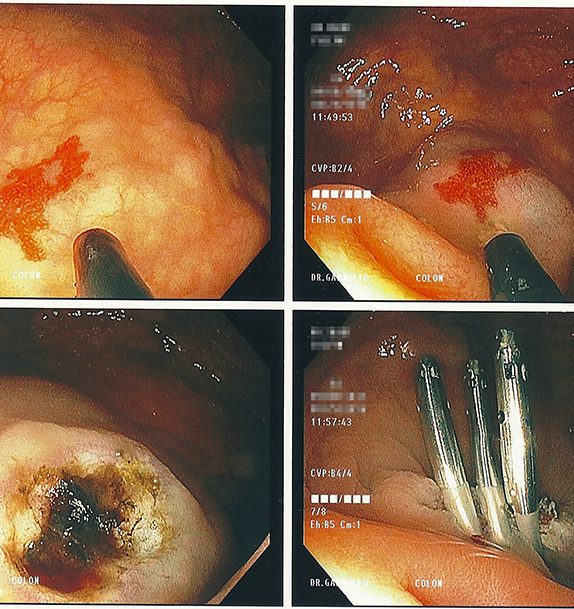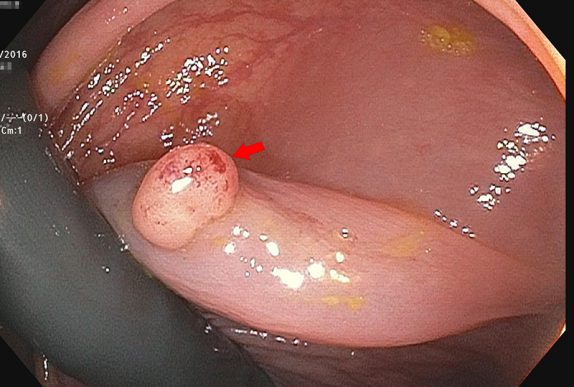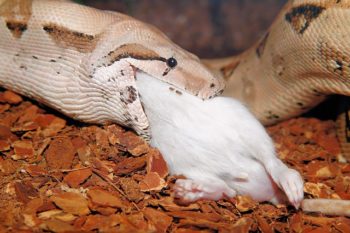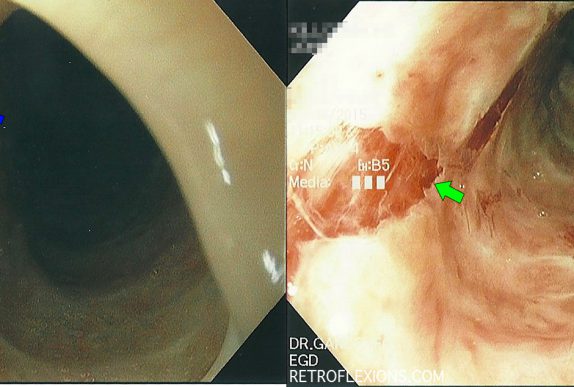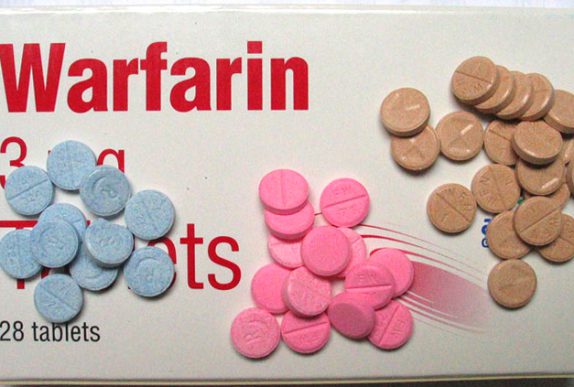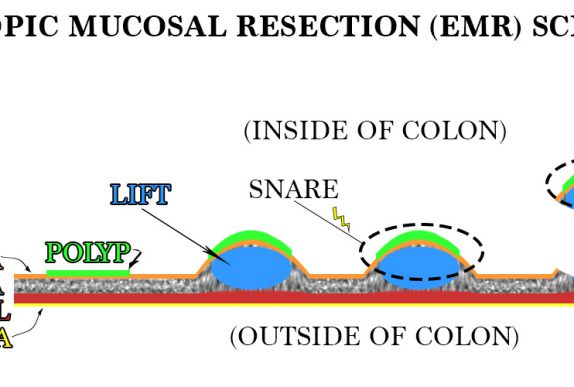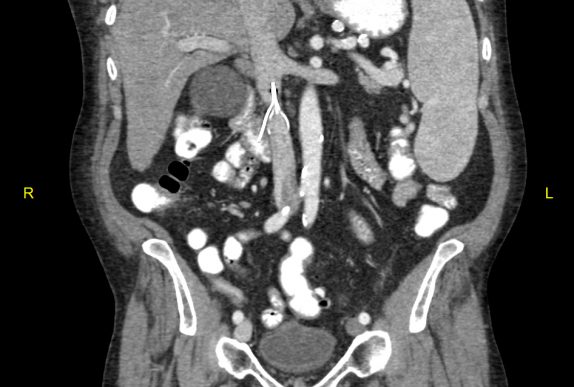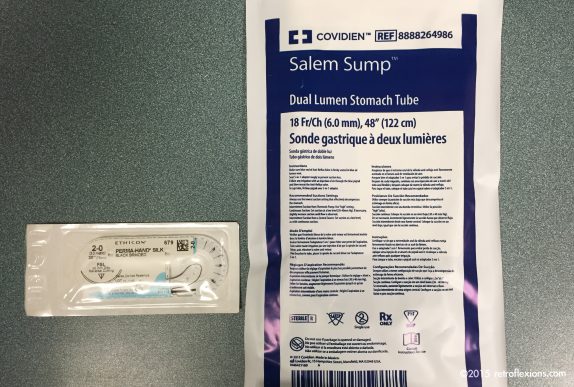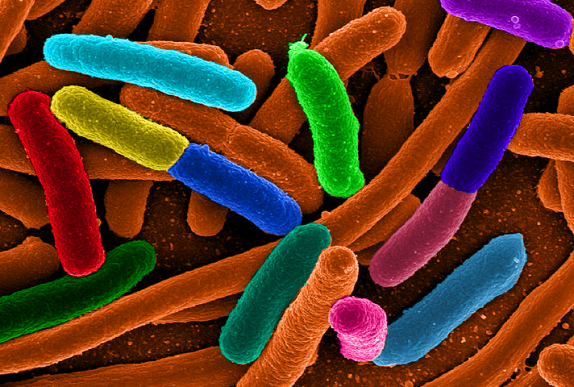One useful technique to minimize the risk of perforation when treating large angiodysplastic lesions (let's arbitrarily define large as greater than 10-mm in diameter) is to...
Should retroflexion in the right colon become a routine part of screening colonoscopy? Let's frame this question with the following facts: Colonoscopy is less-protective against right-sided cancers (which implies that colonoscopy is less-effective at finding or removing right-sided polyps...
It is common practice to leave a permanent tattoo at the site of significant pathology ( such as a large polyp or tumor) inside the GI tract. We typically use a substance called SPOT, which consists of microscopic carbon particles in a suspension. When injected into tissue it becomes a permanent mark that can be seen from the inside of the organ with the scope, and from the outside of the organ by a surgeon.
Food impaction in the esophagus is one of the emergency conditions that only gastroenterologists and emergency room doctors know about. The overall concept is simple: Soon-to-be patient eats a large quantity of food (most commonly meat), which gets stuck in the esophagus somewhere and then causes a blockage and prevents further swallowing. Patient experiences chest pain, … Read more
Dysphagia (trouble swallowing) can be caused by many different problems. A strictured or narrowed esophagus is one common cause, and is often related to excess acid exposure in the esophagus. Usually strictures happen at one discrete location in the esophagus (often the lower part closest to the stomach where acid reflux damage is the most pronounced).
Most people know that they cannot eat anything after midnight if they have a procedure scheduled the next day. However, what about when a procedure is not actually scheduled? Sometimes a little bit of common sense and a little foresight needs to be applied to avoid having a procedure delayed an entire day because of the NPO rules. Here are two common situations that I encounter (without exaggeration) several times per week:
Is this common practice of bridging from Coumadin to an injectable anticoagulant back to Coumadin necessary? From a practical point, it is usually a major inconvenience for patients and doctors alike. Many patients are uncomfortable giving themselves injections at home. The injectable anticoagulants are sometimes expensive. Sometimes despite good instruction, they are administered incorrectly by the patient, or on the wrong dates. What if Coumadin was just held and later restarted without the bridging?
Many lesions that have been deemed "not endoscopically resectable" can actually be safely removed by a gastroenterologist with training and experience in EMR.
Case: A 79-year-old man with a distant history of pulmonary embolism (PE) was admitted to the hospital with several days of vague right-sided lower abdominal pain. There was no history of gastrointestinal bleeding, and the pain did not worsen with eating. On physical exam, there was moderate right lower quadrant abdominal tenderness without rebound or … Read more
These are “kissing” duodenal ulcers. The ulcers are on opposite walls of the duodenal bulb, and are basically touching each other, hence the “kissing” description. If you notice, the larger ulcer on the right has a flat dark spot in the middle…this is the former site of the large artery that was actively bleeding 24 … Read more
Most of the time, nasogastric tubes can be easily passed "blindly" at the bedside without any special equipment or sedation. However, every once in a while, the tube cannot be passed for various reasons, often related to problems in the esophagus such as strictures, tumors, or large hiatal hernias.
There have been a lot of reports surfacing recently regarding strange infections associated with endoscopy. At the time of publication of this article, there have been about 135 confirmed cases of infection with Carbepenem-resistant Enterobacteriaceae (CRE), which are mainly multi-drug resistant E. coli and Klebsialla species. These infections are relatively rare in general, and are very problematic … Read more
